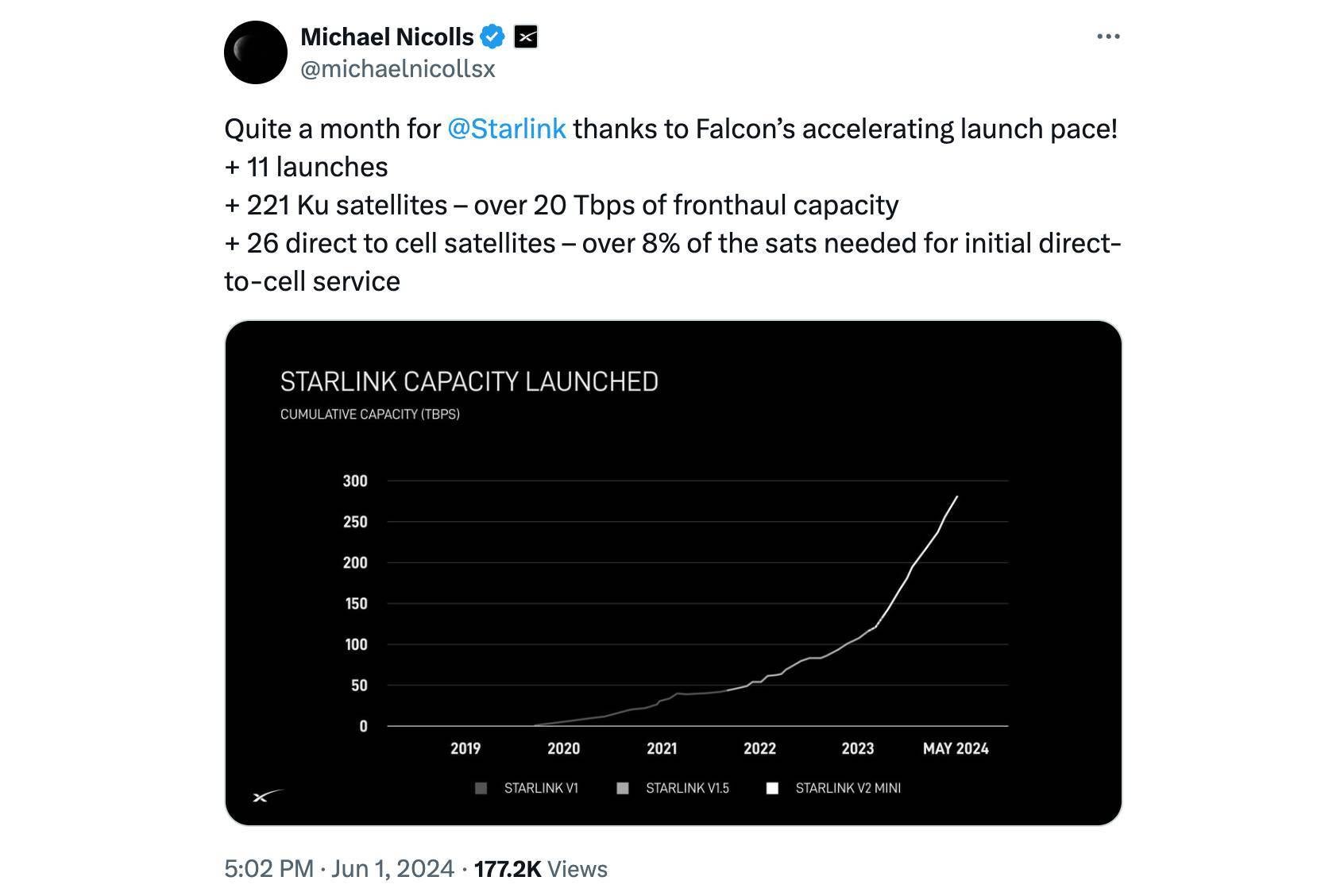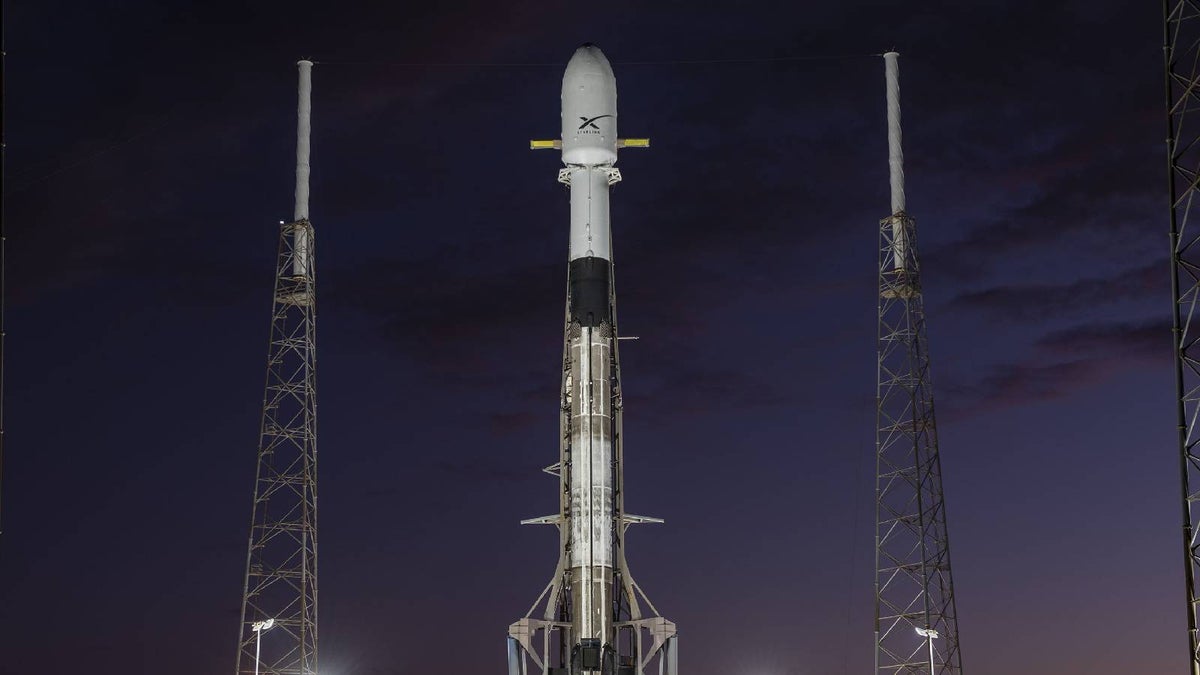and SpaceX are no longer confident about a 2024 launch for their satellite-based texting service.
The two joined forces in 2022 with a vision to blanket dead zones – areas without cellular signals – with coverage using SpaceX’s Starlink satellites and T-Mobile‘s wireless network.
We think we’re on track for a beta program of the direct-satellite-to-cellular program that we announced a while back—it could start late this year or early into next year.
Mike Sievert, T-Mobile‘s CEO, September 2024
Firstly, as PCMag notes, SpaceX had previously said it would need 325 Direct to Cell satellites to launch the service, and as of September 17, the company had 175 direct-to-smartphone satellites in low-earth orbit. 13 more were launched just yesterday, and at this pace, SpaceX is unlikely to meet its goal.

SpaceX needs to have 325 Starlink satellites with direct-to-cell capabilities in orbit to launch the program. | Image Credit – Michael Nicolls, VP of Starlink Engineering, X
SpaceX says that it can take some steps to reduce aggregate out-of-band emissions of its direct-to-smartphone system, such as cutting down the number of active beams on a satellite, but not without “needlessly sacrificing reliable real-time communications.”
SpaceX also fears that the restrictions will delay the rollout of emergency communications, such as 911 calls, as it will have to add additional capacity to make up for the throughput and coverage limits imposed by the -120 dBW/m2/MHz aggregate limit.
Initially, T-Mobile‘s Direct to Cell service will only support texting and Wireless Emergency Alerts but after SpaceX has 1,500 satellites in orbit, the network will also support real-time communications, internet browsing, and social media posting.In August, a new “T-Mobile SpaceX” network popped up in the Network Solution menu for some T-Mobile users, suggesting a rollout was not far off. Now that T-Mobile‘s CEO has revealed that the company is not sticking with its original plan of a fall launch, many customers are going to be disappointed.
